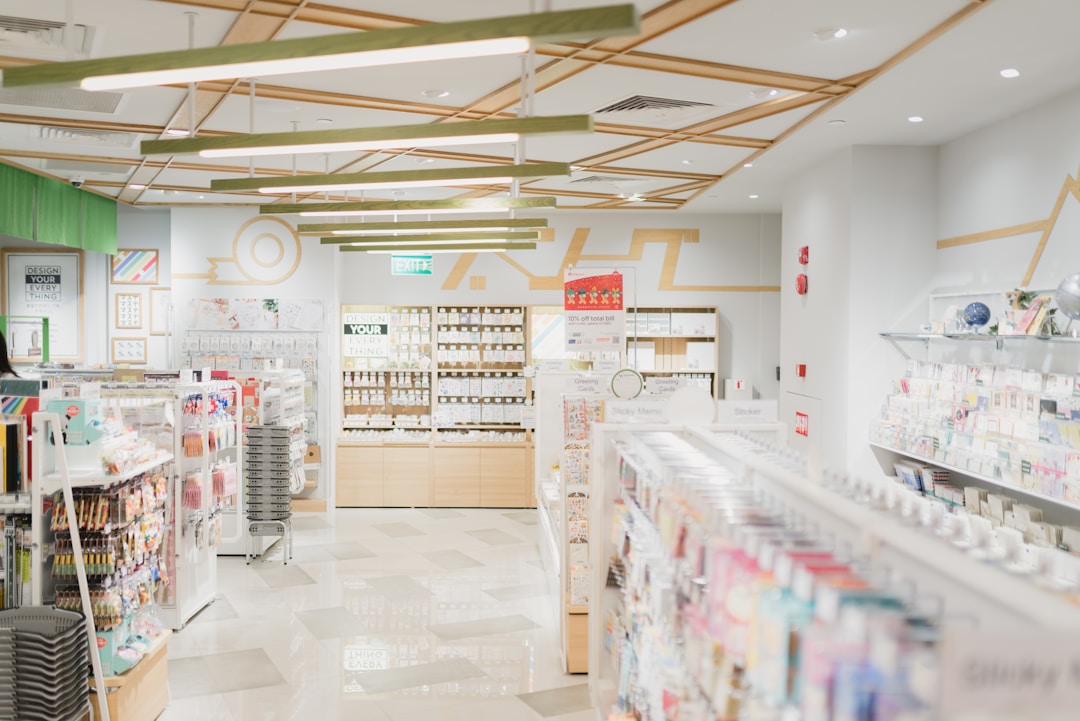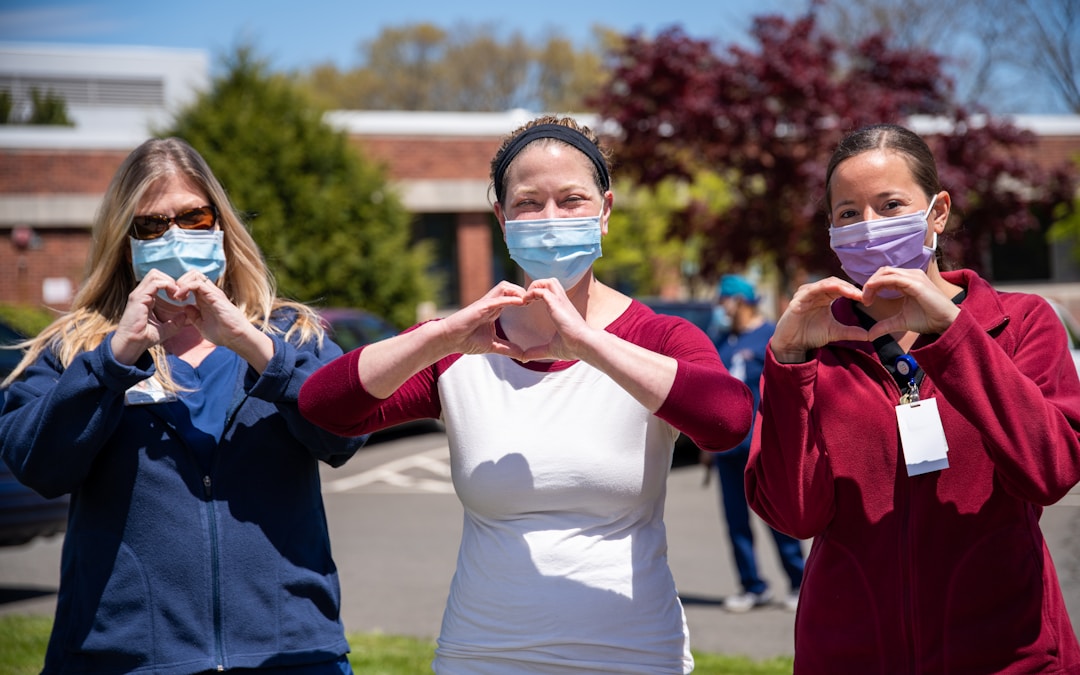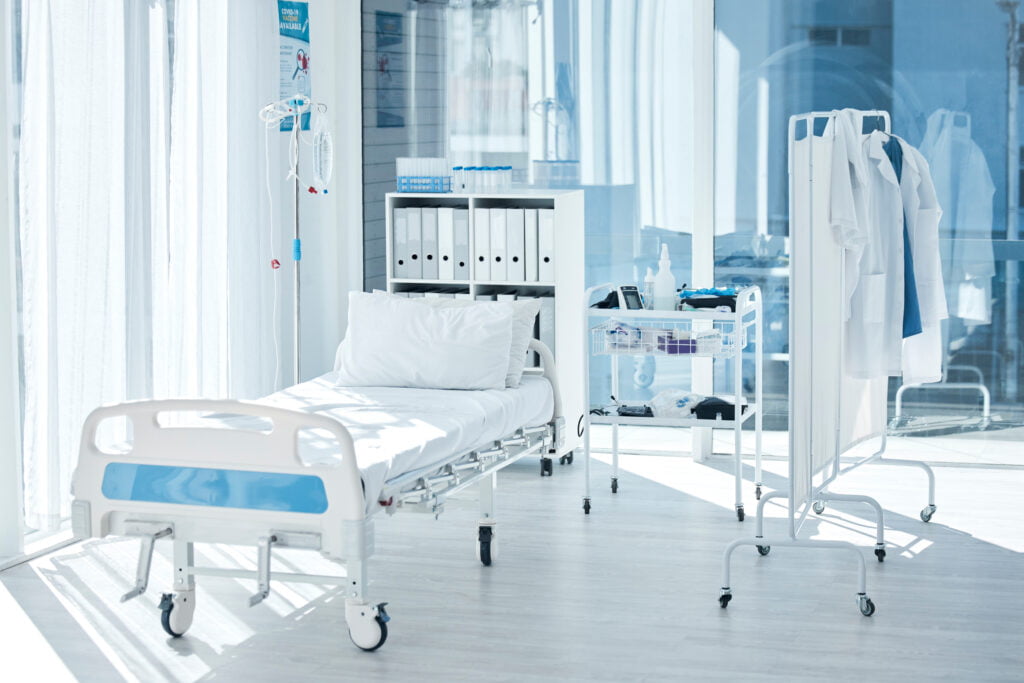With the intricacies of today’s healthcare industry, managing a healthcare facility involves steering through an array of challenges. Healthcare providers deal with an ever-evolving landscape of technology, regulatory changes, and patient needs that can be overwhelming. Below, we will unpack several ways to run a more efficient and safe healthcare facility – starting with adopting safe pharmaceutical practices, prioritizing preventive maintenance, and investing in staff training and development.
Adopting Safe Pharmaceutical Practices

Running a healthcare facility involves navigating through a myriad of pharmaceutical tasks. Investing in systems such as pharmaceutical labeling and packaging safety is crucial in ensuring efficient pharmaceutical management. These systems are designed to minimize medication errors by double-checking all medicines via barcoding and other technologies, hence enhancing patient safety. By working with a service that has expertise in this area, medical staff can confirm the right drug, dosage, and patient almost instantly. This also helps to ensure that medication safety aligns with federal and state laws.
Healthcare facilities must acknowledge the severe repercussions of incorrect pharmaceutical labeling and packaging. The wrong medicine or dosage could compromise a patient’s health, leading to fatalities in severe cases. Therefore, healthcare managers must pay utmost attention to pharmaceutical safety, translating to safer patient care, compliance with regulations, and efficient healthcare delivery.
Besides, pharmaceutical safety involves establishing appropriate pharmaceutical waste management programs. These measures economically dispose of unused or expired medicines while complying with environmental conservation practices. Thus, integrating safe pharmaceutical practices contributes to running a top-notch healthcare facility.
Prioritizing Preventive Maintenance
Preventive maintenance, particularly in a healthcare setting, contributes to efficiency and safety. The fundamental elements include timely equipment service and maintenance, leading to continuous service delivery. This approach minimizes equipment downtime, ensuring critical medical tools like imaging machines, patient monitors, and clinical analyzers are always ready for use.
Moreover, regularly servicing heating, ventilation, and air conditioning (HVAC) systems by using Choice Heating and AC ensures a comfortable and healthy environment for both patients and staff. Investing in a quality HVAC system is essential for any healthcare facility. It not only helps in controlling the circulation of air and reducing the spread of airborne pollutants but also ensures proper temperature and humidity levels, enhancing the comfort and safety of the facility. By prioritizing the quality of the HVAC system, healthcare providers can create a healthier environment, promoting the well-being of patients and staff.
Beyond that, your HVAC system is also responsible for protecting the quality of your indoor air. Considering that poor air quality carries several serious health risks, including the risk of developing chronic health conditions, maintaining the quality of your indoor air should always be a priority.
Investing in Staff Training and Development

To enhance efficiency and safety, healthcare facilities must invest in staff training and development. Healthcare practices are dynamic, with new policies, technologies, and patient needs constantly emerging. Thus, continuous education and training become a necessity. It ensures the staff is up-to-date with the latest best practices, resulting in improved levels of care and increased efficiency.
Training and development also contribute to staff satisfaction and retention. It instills a sense of continued growth, enthusiasm, and commitment to providing excellent medical services. A motivated and empowered team invariably leads to higher productivity, safe practices, and effective healthcare facility management.
Competent healthcare staff is pivotal in tending to aspects like emergency cases and chronic disease management. Regular training prepares them to expertly handle these instances, thus significantly reducing treatment errors. In essence, the correlation between well-trained staff and efficient, safe healthcare proves that investing in continuous staff development is necessary.
As you can see, running a secure and efficient healthcare facility transcends routine duties. It requires a strategic approach encompassing pharmaceutical safety, preventive maintenance, patient and employee satisfaction, and ongoing staff training and development. By adopting such measures, healthcare providers can optimize their facilities’ operations, meeting regulations and improving patient care, thereby contributing to enhanced public health overall.



